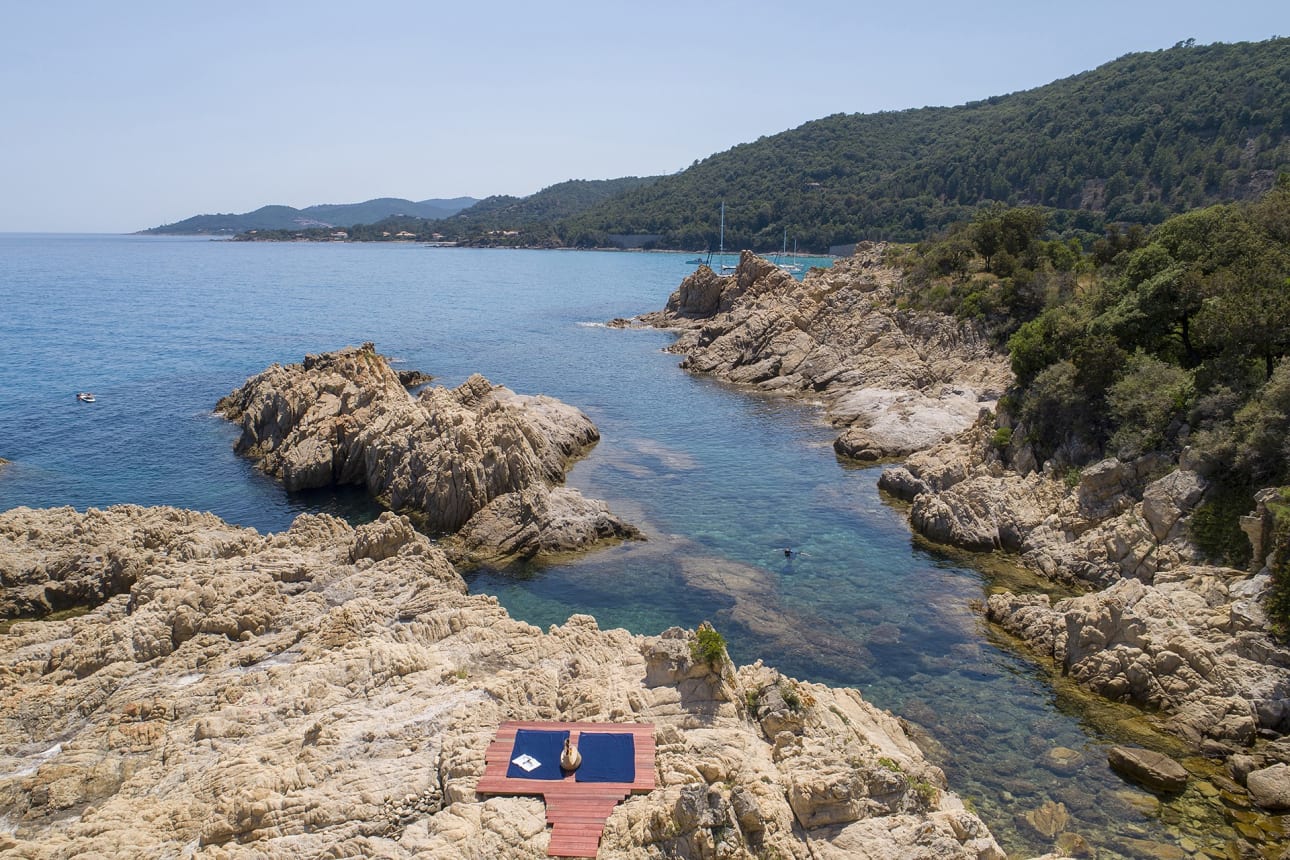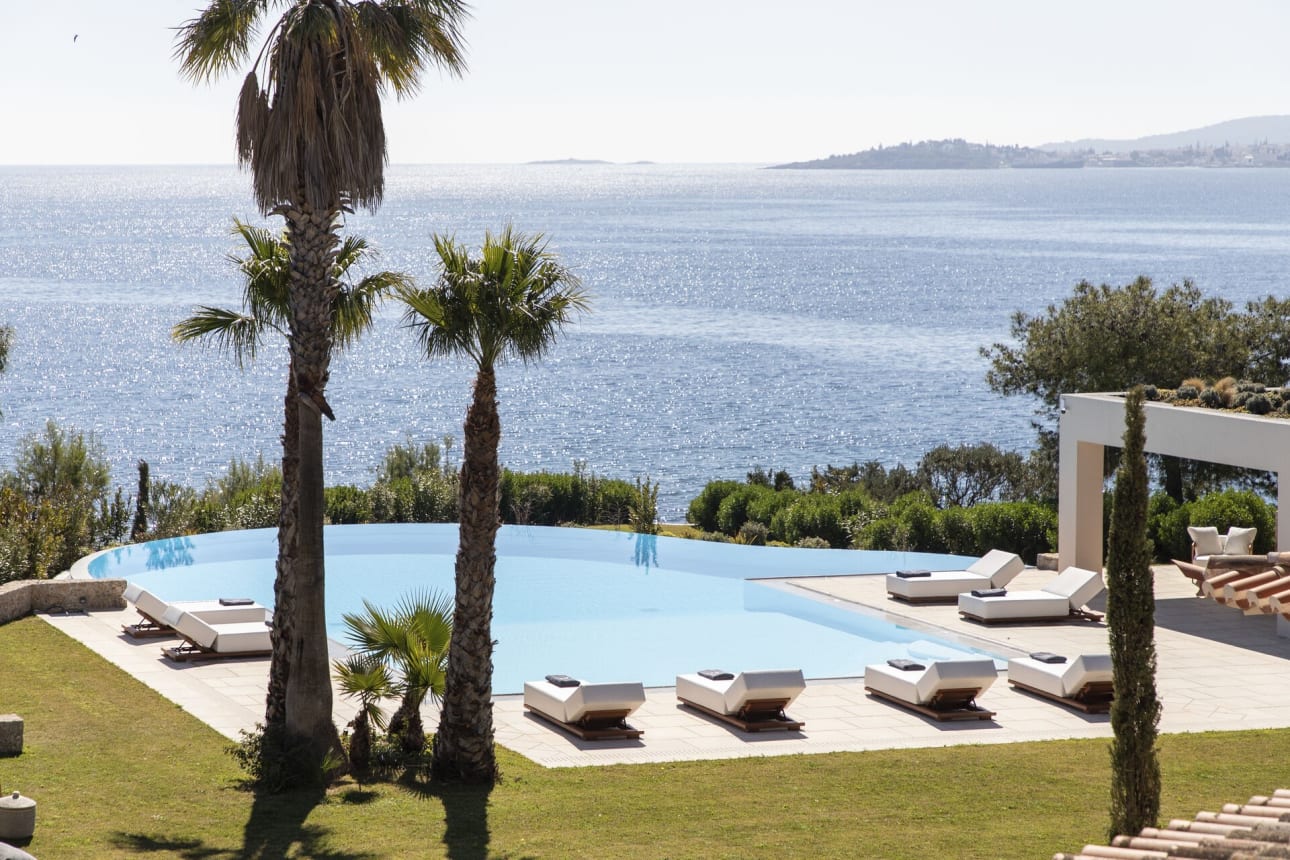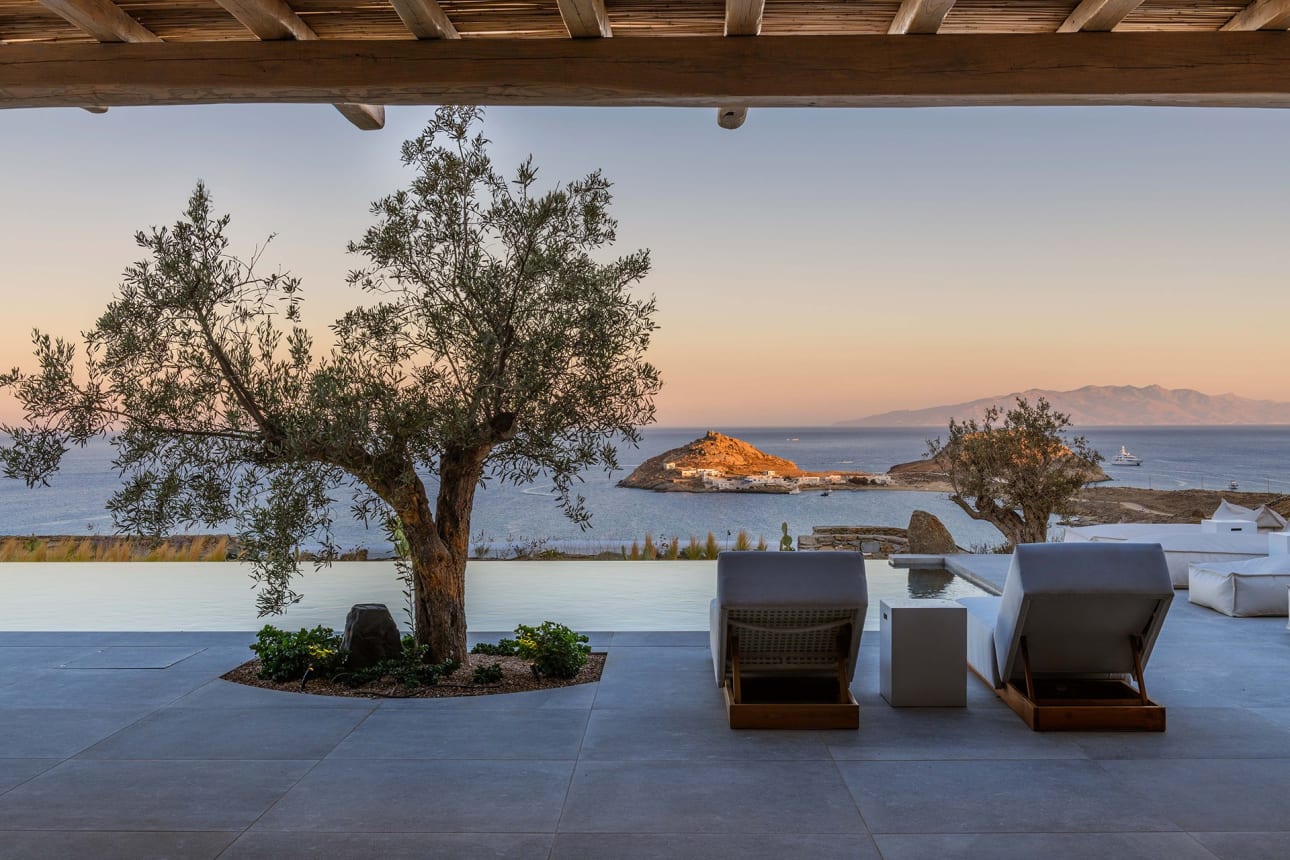A history of Sicilian emigration: America, Australia and Monterey
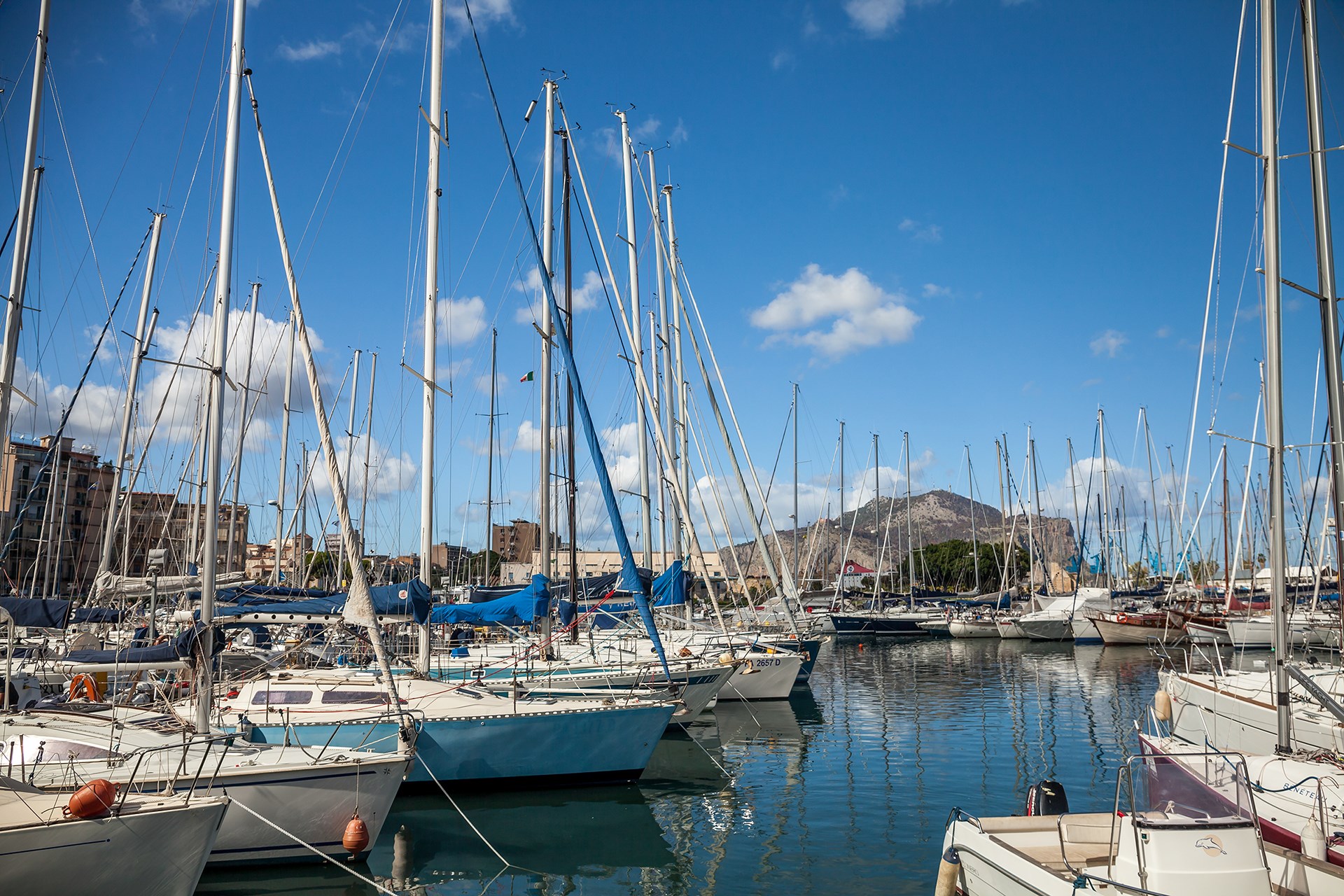
Although rich in culture and natural beauty, Sicily has historically been a region where poverty, war and natural disasters have forced native Sicilians to leave their homes in search of a better life.
But why do so many Sicilians emigrate and where do they go? It’s a long, fascinating and sometimes tragic slice of history that incorporates tales of poverty, bravery, natural disasters, wars, intolerance, romance and dreams coming true.
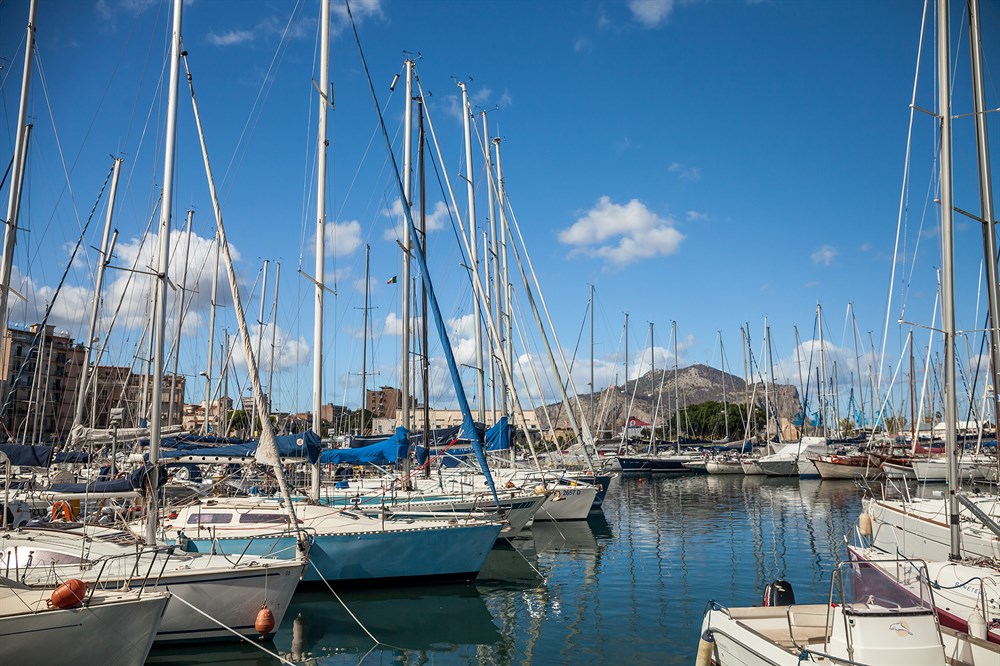
Sicilian emigration: Where it began
Our story begins in 1861, the year Italy became a united country. The new Kingdom of Italy had an uneasy start, especially in the south. The Sicilians had been amongst the first to fight for and believe in the Risorgimento. Garibaldi and his mythical mille had landed in Marsala on Sicily's west coast to begin the process of unification. By the time he arrived at the Straits of Messina, this number had swollen to 10,000.
The hopes of the Sicilians were short-lived, however. The new government introduced heavy taxation and imposed a mandatory seven years of military service. Conscription particularly hit agricultural areas, where young men provided an invaluable contribution to the subsistence farming activities of their families. Rather than sign up to fight, many young Sicilians chose to emigrate in search of a new life elsewhere.
Worse was to come. The government brutally repressed a revolt in Palermo in 1866, and then in 1880, the phylloxera vine blight arrived from France, decimating vineyards across the island. More misfortune was to come in 1908, when a terrible earthquake ripped through Messina, killing 90,000 people and flattening the city. Faced with years of rebuilding, thousands chose to emigrate, mostly to the Americas.
Discover our exclusive villas in Sicily
Sicilian emigration to America
In the first 15 years of the twentieth century, more than one million Sicilians emigrated, with about 90% choosing the United States as their preferred destination. In 1906 alone, some 100,000 Sicilians emigrated to the United States.
The reasons for this mass exodus of Sicilians (and Italians) to the United States (and elsewhere) during these years are numerous. Equally fascinating are the stories of where they settled, how they lived, what they did and how they contributed to American society.
In 1883, Emma Lazarus wrote the following lines, part of her famous sonnet, The New Colossus:
“Give me your tired, your poor, Your huddled masses yearning to breathe free, The wretched refuse of your teeming shore. Send these, the homeless, tempest-tost to me, I lift my lamp beside the golden door!”
Written to raise funds for a pedestal for the Statue of Liberty, The New Colossus exalted the mythical American dream with propagandistic eloquence: the United States was the land of the free and the land of opportunity, where anyone could succeed and improve their life.
Despite these promises, Sicilian immigrants were commonly seen as an inferior race - unclean, impoverished, degenerate and criminally-minded. Consequently, Sicilians were given the most menial jobs, paid the lowest wages and had to live in some of the worst parts of town. Prejudice against Sicilians even verged on the murderous. The most infamous case took place in New Orleans in 1891, when a mob lynched 11 Sicilians who had been acquitted of murdering a local policeman.
Forging a new life in America
Outcast by society, the Sicilian diaspora stuck together:
In New York, Sicilians congregated on East 69th Street and on Elizabeth Street, a thoroughfare delimiting Little Italy
The French Quarter of New Orleans became known as Little Palermo
Little Sicily developed in downtown Chicago
North Beach in San Francisco became a Trinacrian hub
Boston’s notorious North Street developed a distinctly Sicilian feel
As these little communities began to establish themselves, Società di Mutuo Soccorso (mutual aid societies) were founded. New Sicilian immigrants in America were helped to find accommodation, a job and introduced to their new way of life.
As their communities grew stronger, some Sicilians opened grocery stores, osterie and simple eateries. Small makeshift theatres and music halls provided a little traditional entertainment. Sicilian clubs were founded, often taking the name of a patron saint from back home, and parades were organised on feast days. Darker, more sinister organisations emerged as well, giving the locals another reason to view Sicilians with suspicion.
Sicilian emigration to America declines
Many Sicilians, particularly those who arrived in the United States in the first 15 years of the twentieth century, had no intention of staying permanently. Indeed, significant numbers (some estimate up to 50%) returned home as soon as they had made enough money to buy some land, build a house and provide for their family. When these so-called birds of passage did eventually arrive back in Sicily, their relative riches inspired others to chase the American dream.
With the outbreak of the first World War, Sicilian immigration into the United States relented. Then, in 1917 and 1924, two immigration acts were passed by the US Congress that set strict immiration quotas and prevented what were deemed to be ‘less desirable’ immigrants from entering the country.
After the quota system was introduced in 1924, the number dropped to around 6,000 per year (though the official quota for Italians was just 3,845). Unable to follow in the trans-Atlantic wake of their forefathers, Sicilians looked elsewhere for opportunities, and the majority, especially those from the Aeolian Islands, chose Australia.
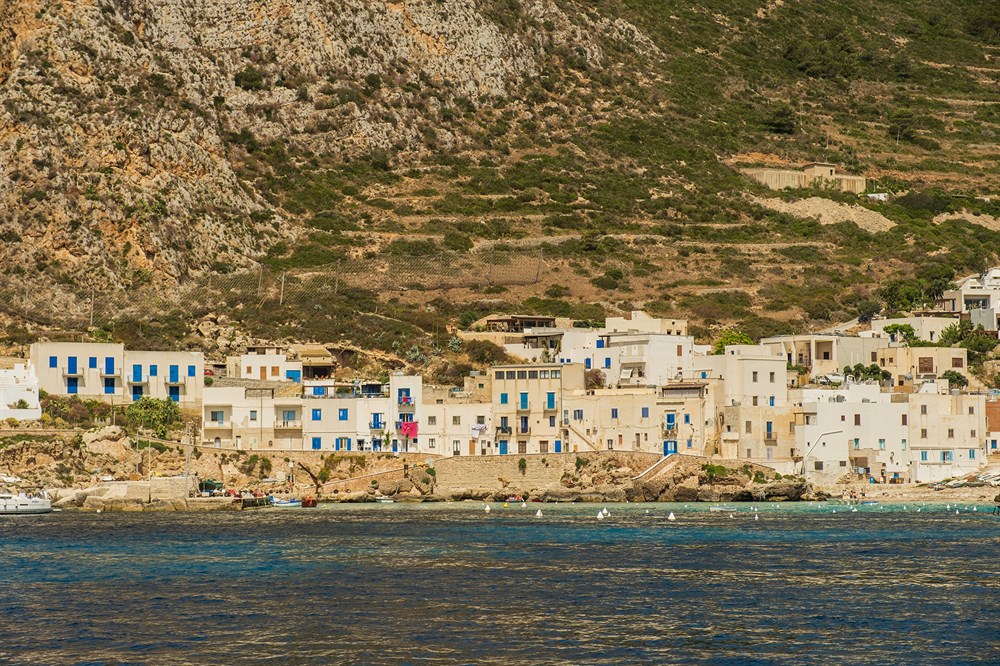
The Marettimari of Monterey
At the end of the nineteenth century, life on Marettimo, an island to the west of Sicily, was hard. In truth, it had always been so, but the inhabitants of the most remote and isolated island of the Egadi archipelago were now close to starvation.
No one seems to remember exactly how it happened or who was first, but around the beginning of the twentieth century, a small group of islanders decided they had no choice but to leave Marettimo and seek their fortune elsewhere. They didn’t just go to Palermo, however, and neither did they choose the north of Italy. Instead, they travelled almost 9,000km to the freezing wilds of Alaska, where they were soon putting their fishing expertise to good use in the salmon-rich estuaries and rivers of the USA’s most northerly state.
Word arrived back in Marettimo that though the work was hard and the weather was inhospitably cold, the money in Alaska was good. Fathers sent for sons and uncles for nephews, and soon a large proportion of the island's male population had slung their hooks and re-cast them in far-off waters.
From Alaska to Monterey
The salmon-fishing season in Alaska was short, hard and remunerative only to a certain extent. So, the cold Sicilians headed south to warmer climes, settling (again no one quite remembers how or why) in Monterey, California. Over the course of the twentieth century, entire families arrived there from Marettimo in search of a better life. They fished for sea bass, tuna and giant squid in the vast Pacific for most of the year, but never missed their two-month appointment with the salmon in Alaska.
Still today, many Marettimari, such as Franco Il Pirata, owner of one of the island’s restaurants, travel from their Mediterranean home to Alaska for the salmon-fishing season. Their journey is not motivated by financial gain, however. Part fishermen, part pilgrims, by making the trip, they ensure the continuation of a tradition and pay homage to their forefathers, who sacrificed so much to keep Marettimo alive.
See our superb family villas in Sicily
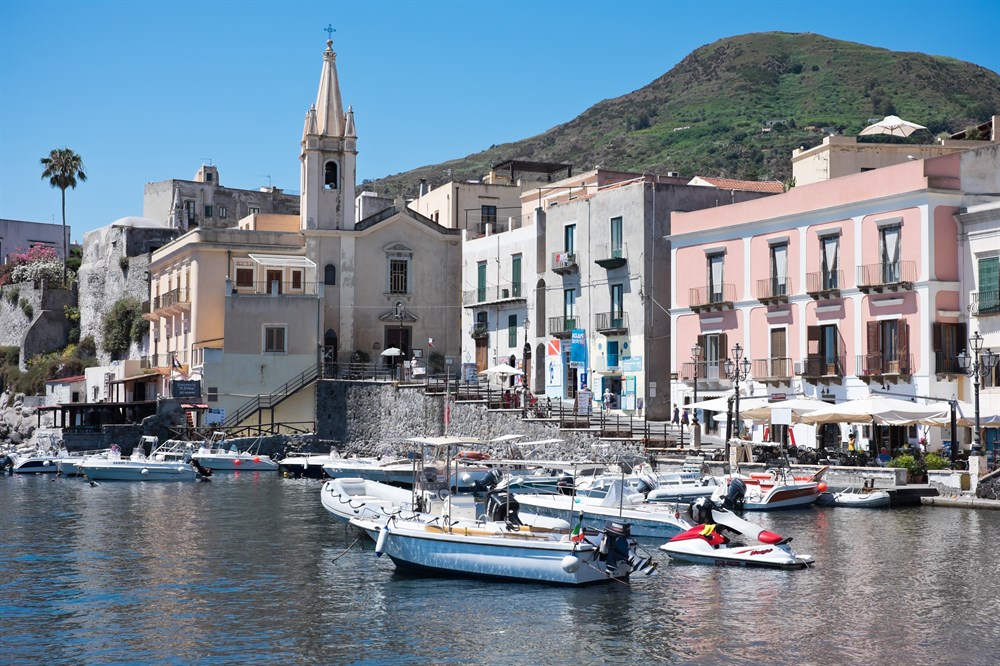
The Aeolian Islands to Australia
Another well-trodden route for Sicilian emigrants is to travel 15,000km from the paradisiacal archipelago of the Aeolian Islands, off Sicily’s north coast, to the somewhat larger island continent of Australia.
Today, around 15,000 Aeolian Islanders live in Australia. If you include second- and third-generation immigrants, the number rises to around 30,000, which is more than double the population of the islands themselves. How did this come about? And what impelled so many natives of Lipari, Salina, Vulcano, Panarea, Stromboli, Alicudi and Filicudi to travel so far in search of a new life?
Economic decline on the Aeolian Islands
In the 1870s and early 1880s, the economy of the Aeolian Islands was in good shape. A flourishing merchant fleet sailing out of Lipari carried merchandise between Sicily and Naples, and the pumice quarries were booming.
Even more important to the economy was wine-making, an activity that had been a constant for some 3,000 years. Malvasia and other wines were exported throughout Italy and Europe and the production provided employment and income for a great many families.
From the mid-1880s, however, these three economic pillars began to crumble. A railway line was built between Reggio Calabria and Naples, significantly reducing the need for maritime trade links between Sicily and Naples and rendering the islands' merchant fleet virtually redundant. Then, the company charged with the excavation and exportation of pumice went bankrupt. Finally, disaster struck in the wine industry when the dreaded phylloxera blight arrived in Sicily in 1878, and a nail was driven deep into the coffin.
Most islanders were left with little choice but to emigrate in search of work. In 1891, over 200 inhabitants left their homes on Salina (the main wine-producing island). Others would soon follow, and by 1914, it’s estimated that nearly 10,000 Aeolian Islanders, about one third of the overall population, had emigrated. Most went to the United States, but over 700 chose Australia.
This trend continued for much of the twentieth century, and according to the 1971 census, there were nearly 290,000 first-generation, Italian born migrants in Australia, a significant proportion of whom were of Aeolian origin.
What did Sicilian migrants in Australia do?
In the early part of the twentith century, many Sicilian migrants put their fishing skills to good use and joined the fleets of the Illawarra area, just south of Sydney. However, the majority headed to the agricultural hub of the Murrumbidgee Irrigation Area, due west of Sydney.
The cultivation and sale of fruit and vegetables seem to have been an area of expertise for Aeolian Islanders, and it wasn't long before they (and other Sicilians) owned many of the market gardens and farms of Riverina, a vast agricultural area that spans the border between New South Wales and Victoria. Today, some 60% of the population of Riverina is of Italian origin, and many of these are of Aeolian extraction.
One prominent example of this is Frank Aloysius Costa. Born in Geelong, near Melbourne, Costa's great uncle, George Virgona, had arrived in Australia from Salina in the 1880s. In 1888, he opened a greengrocer's in Geelong, called the Covent Garden Food Store. The shop was passed on to Costa’s father in the 1920s, before Costa himself took over the business in the 1950s, building it up into the largest grower, wholesaler and exporter of fruit and vegetables in Australia.
Not all first- and second-generation Aeolian immigrants worked in the fruit and vegetable business, of course, and there is a long list of success stories in other fields too. That includes Supreme Court judges, newspaper editors, government ministers, lawyers, engineers, entrepreneurs and stars of show business, such as Natalie Imbruglia, whose father hailed from Lipari.
All this talk of migration might have given you itchy feet, but when you set foot in your superb villa in Sicily, you won’t want to leave. Discover our exclusive villas in Sicily and the Aeolian Islands or contact our team to start planning your next adventure.
.jpg)
